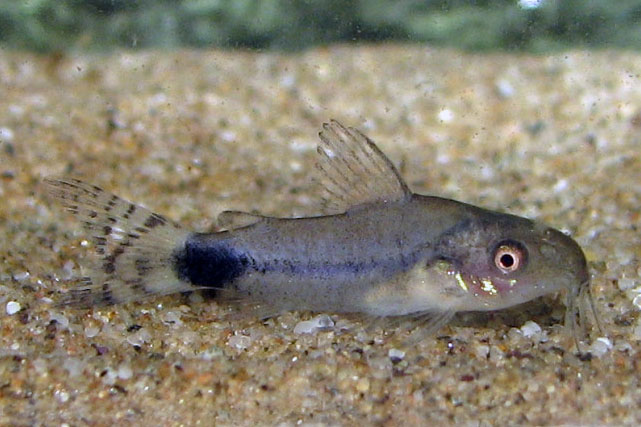Author – Peter Bennett
Equipment used
- 2 litre clip lip tub (5mm hole drilled in lid)
- Interpet API air pump
- 30cm length of airline
- Double airline valve
- Plastic measuring jug
- Turkey baster
- Chopstick
- Face cloth
- Stanley knife blade
- 10 litre container
- Interpet Liquifry No. 1
- Interpet Liquifry No.2
- Tetra Babymin
- Tetra Tabimin
- Java moss
Method
This species laid a few eggs on the aquarium glass. I used a clean Stanley knife blade to carefully scrape them off and placed them in a bunch of Java moss in a 2 litre tub three-quarters filled with tank water. I put the tub on top of the fish tank hood with the face cloth under it. I rigged up the airline to the pump and valve then threaded it through the hole in the lid. I then adjust the valve until there was about one bubble every second.
I filled the 10 litre container with clean water and used this for water changes. I changed about a third of the water twice daily – using the turkey baster and chopstick to avoid losing any eggs or fry. The eggs hatched after 5 days and I started to feed the fry after 2 more days. I used just 1 drop of Liquifry No. 1 with each water change to begin with. After about 2 weeks I started to feed Tetra Babymin and crushed Tetra Tabimin.
At the time of writing (some 6 weeks after hatching) the baby corys are 10 – 12mm in length and very healthy. The temperature of the water was 24 – 25oC and the pH about 6.6.






